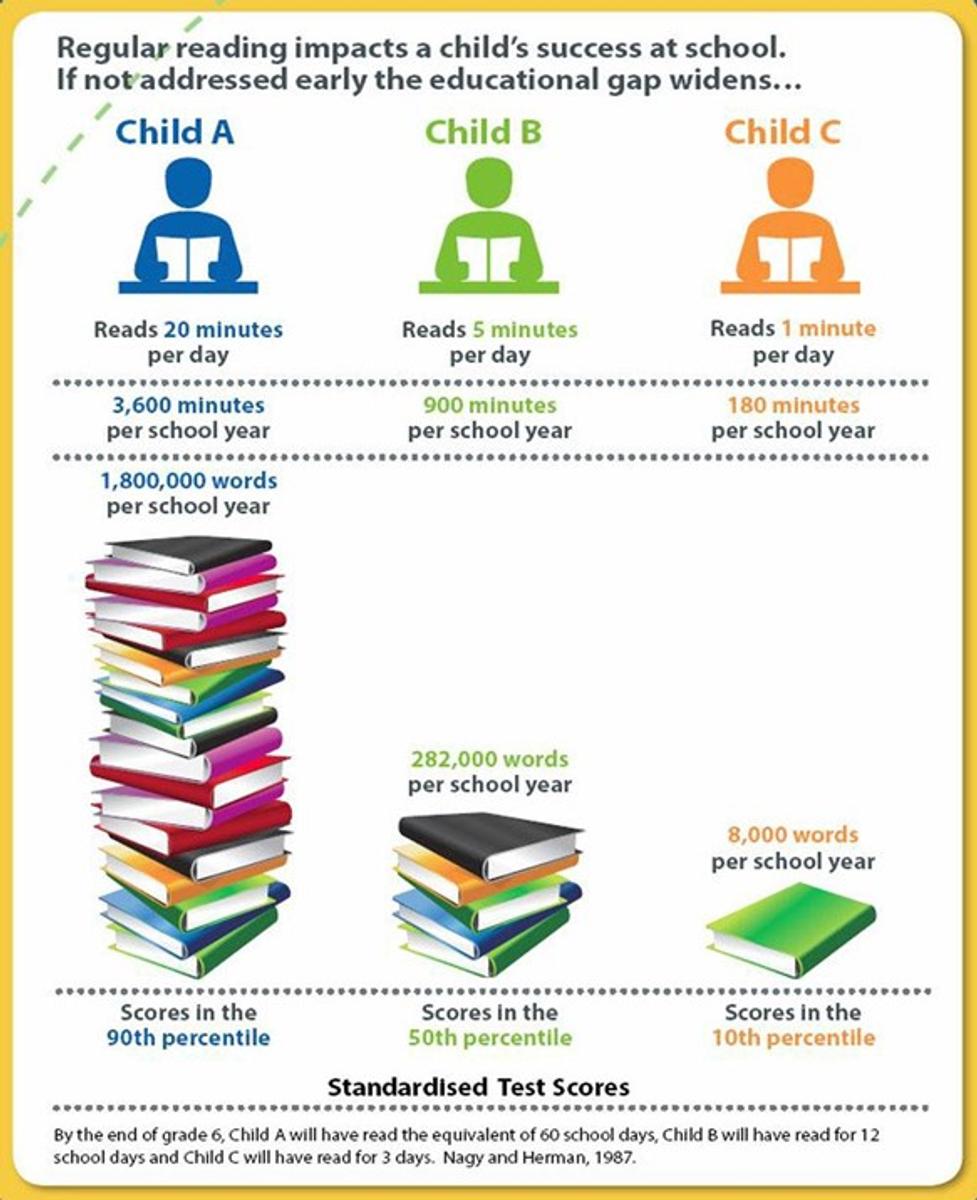English

Reading Program
Throughout the year, students in Years 7 to 10 participate in the College reading program. Each student is required to borrow from a selection of novels chosen for each year group. As part of their English class, students are allocated at least half of one lesson each fortnight to read their novel in class. During this time, their teacher records their progress and can discuss their reading volume and comprehension.
Students are encouraged to set targets for their reading, to be completed by the next fortnight. The targets encourage students to set, monitor and evaluate their own progress between conversations with their teacher. Small targets may be useful to form reading habits and larger targets can be set for more motivated readers. Because the novels are in sets, students are also able to choose the same novel as their friends and read together, as in a book club or reading group. Students requiring additional support may access the audiobook of their novel and follow along as the novel is read to them.
The Benefits of Reading
The Reading Program remains an important part of the English curriculum because the benefits of reading are significant. As well as improving students’ reading comprehension, increased reading time has been linked to:
- increased test scores in maths, spelling and vocabulary (Sullivan & Brown, 2013, as cited in Cremin, 2014)
- writing (Cremin, 2014) ‘wider academic attainment across the curriculum’ (Cremin, 2014, p. 9)
- close achievement gaps between socio-economic groups (Topping et al., 2003, as cited in Cremin 2014)
- general knowledge about the world (Cunningham & Stanovich, 1998, as cited in Cremin, 2014)
- identity development, making meaning in the world, and discussing meaning with peers (Cremin, 2014)
Many of our English teachers report that the feelings of excitement, enjoyment and satisfaction in completing novels through the reading program make it worthwhile. We welcome the conversations held between parents and students about the benefits, challenges and achievements gained from reading.
References:
Cremin, T. (2014) ‘Reading for Pleasure and Reader Engagement: Reviewing the Research’ in Cremin, T., Mottram, M., Collins, F.M., Powell, S. & Safford, K. (2014) Building Communities of Engaged Readers: Reading for Pleasure, Taylor & Francis.
Here is a graphic that helps explain the impact of regular reading on long term literacy:
Mr Damian Quinn | English KLA Leader

